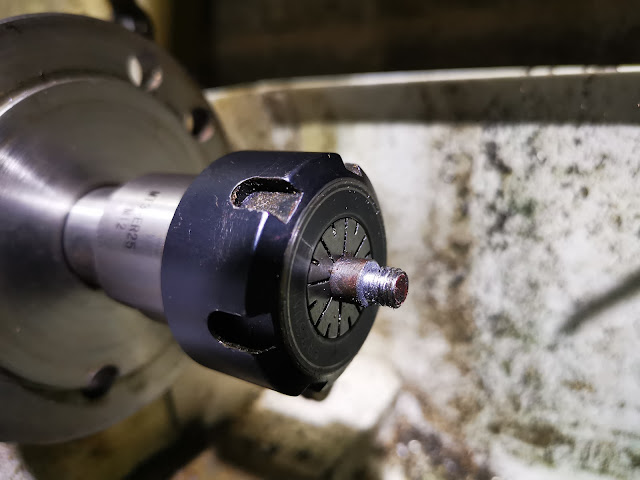First published February 2022
One of the dry build jobs that I had to deal with was the centre stand. Some years ago - 2014 actually - I had repaired the feet which were completely worn out and recorded the experience here.
I put it back on the bike once the exhausts were in place to have a look. I knew the stand would fit the frame, but it's all the other parts that it has to fit around that are the problem. Here you can see two issues - one, that the stand leg is bent - in fact they are both bent, a common problem and two, that the foot fouls the exhaust:
Maybe I'll have to remove that foot and extend the tube a few millimetres.
September 2022 Update
Months later, coming round to this job at last I turned the bike around in the garage to have a look at the stand foot. The first thing I realised was that the exhaust bracket in front of the engine was not touching the frame; the second was that the silencer was considerably further outboard than the other. The footrest was not fully home on it's spline! I took this picture with the footrest off:
Hey presto, no fouling problem!


















